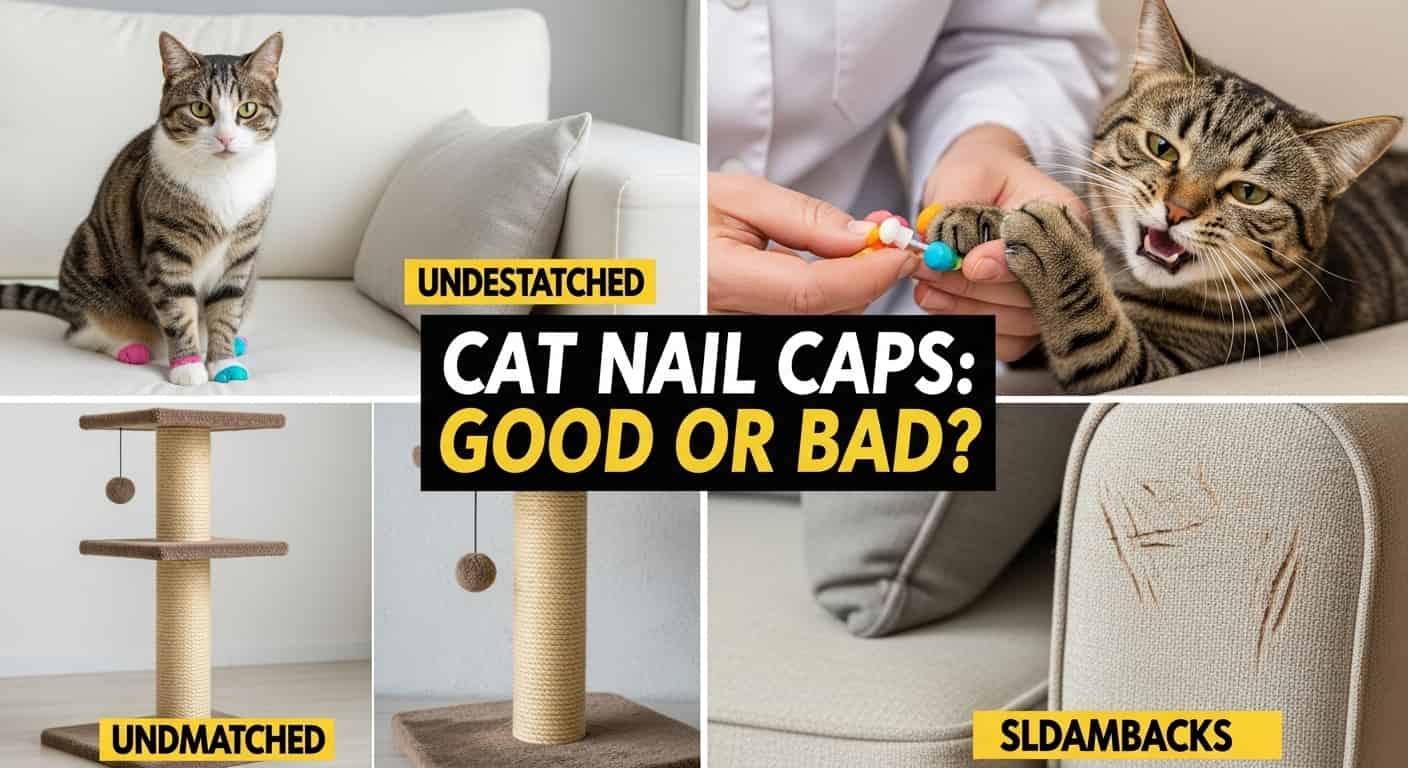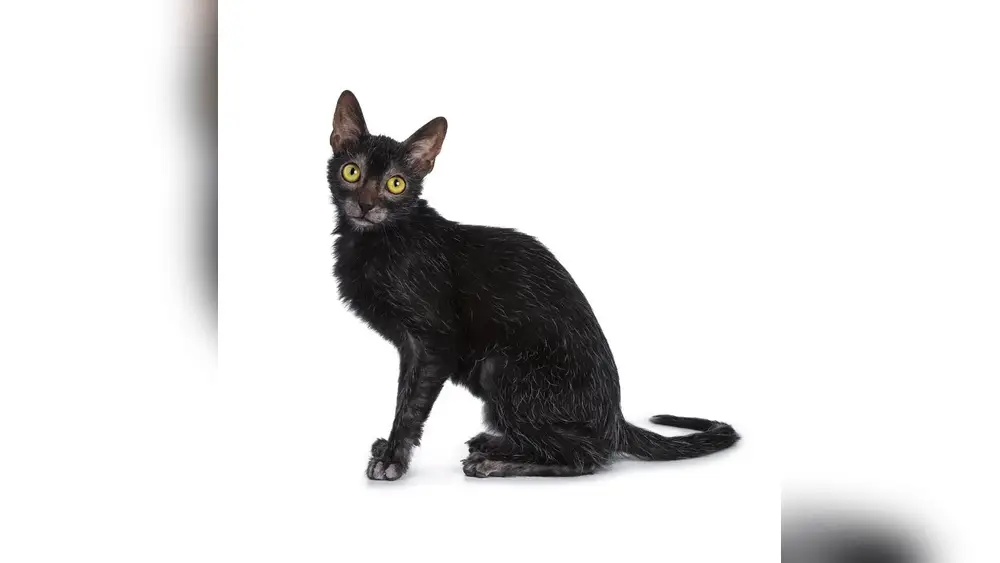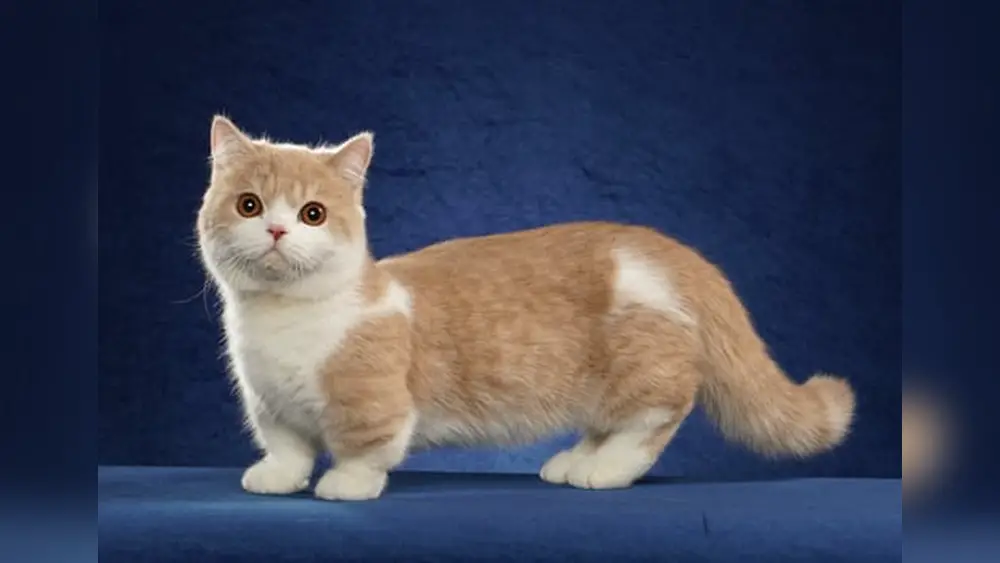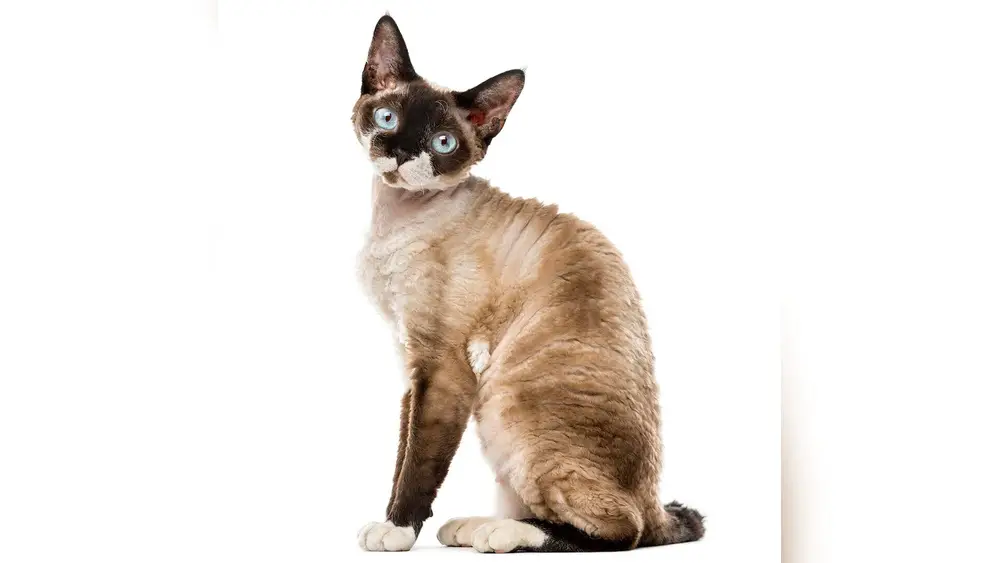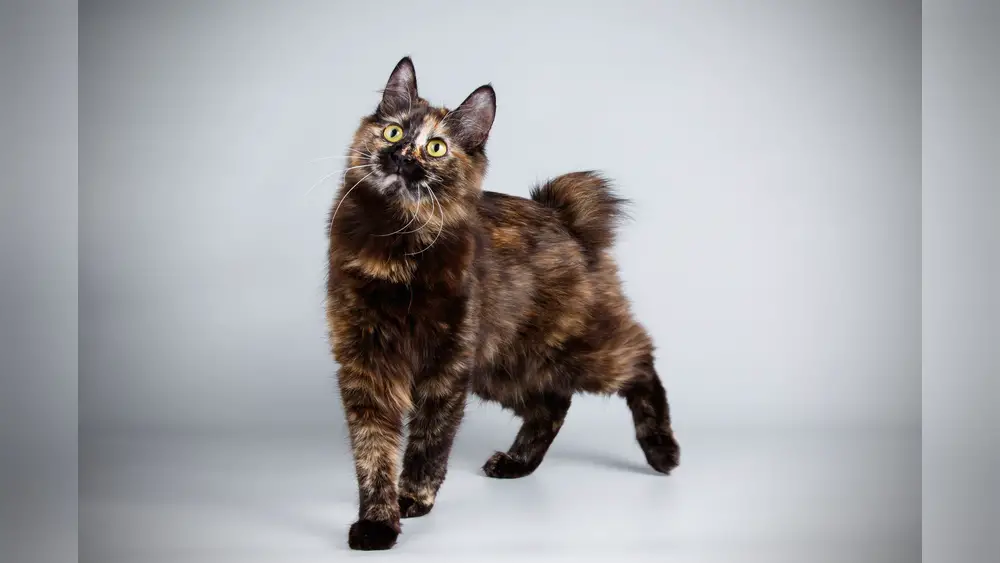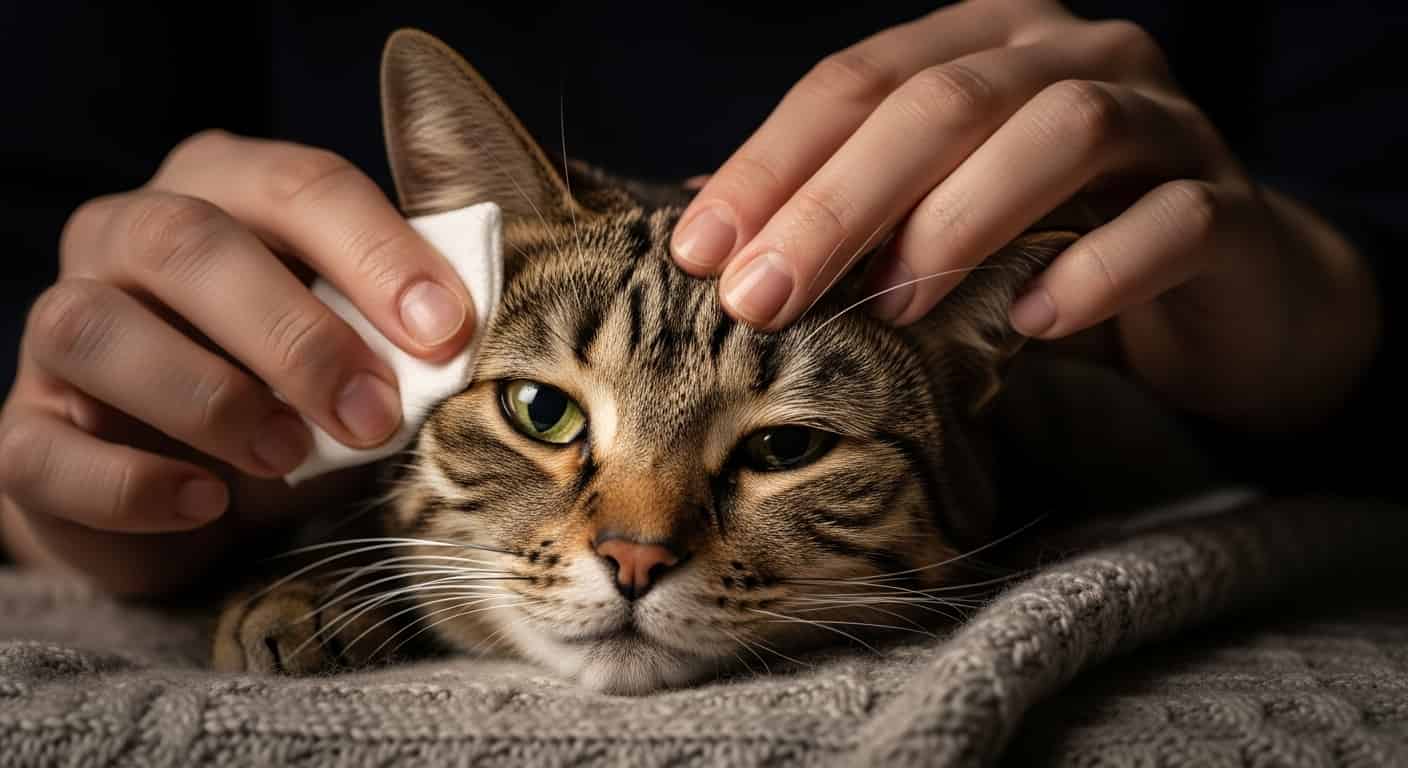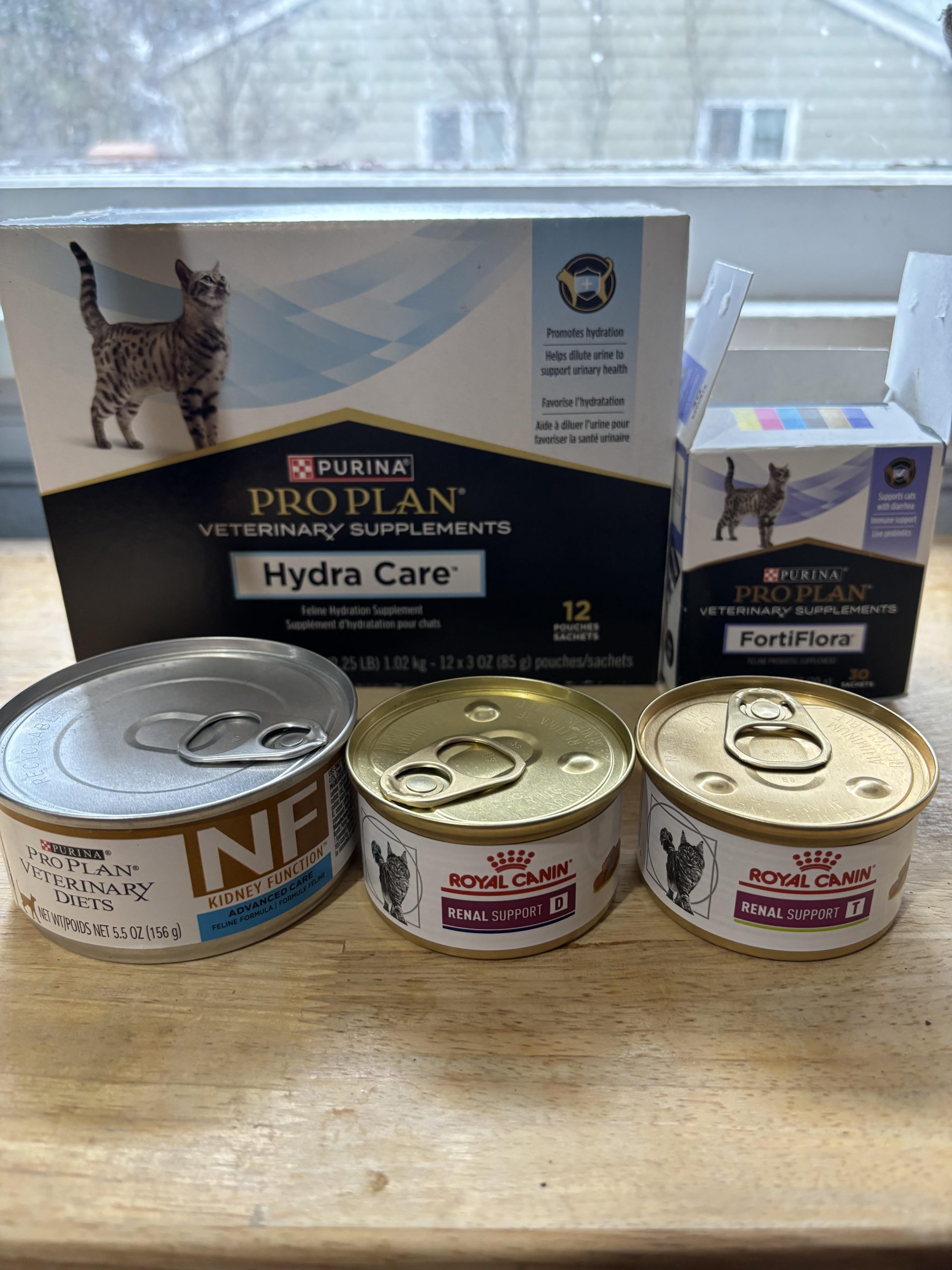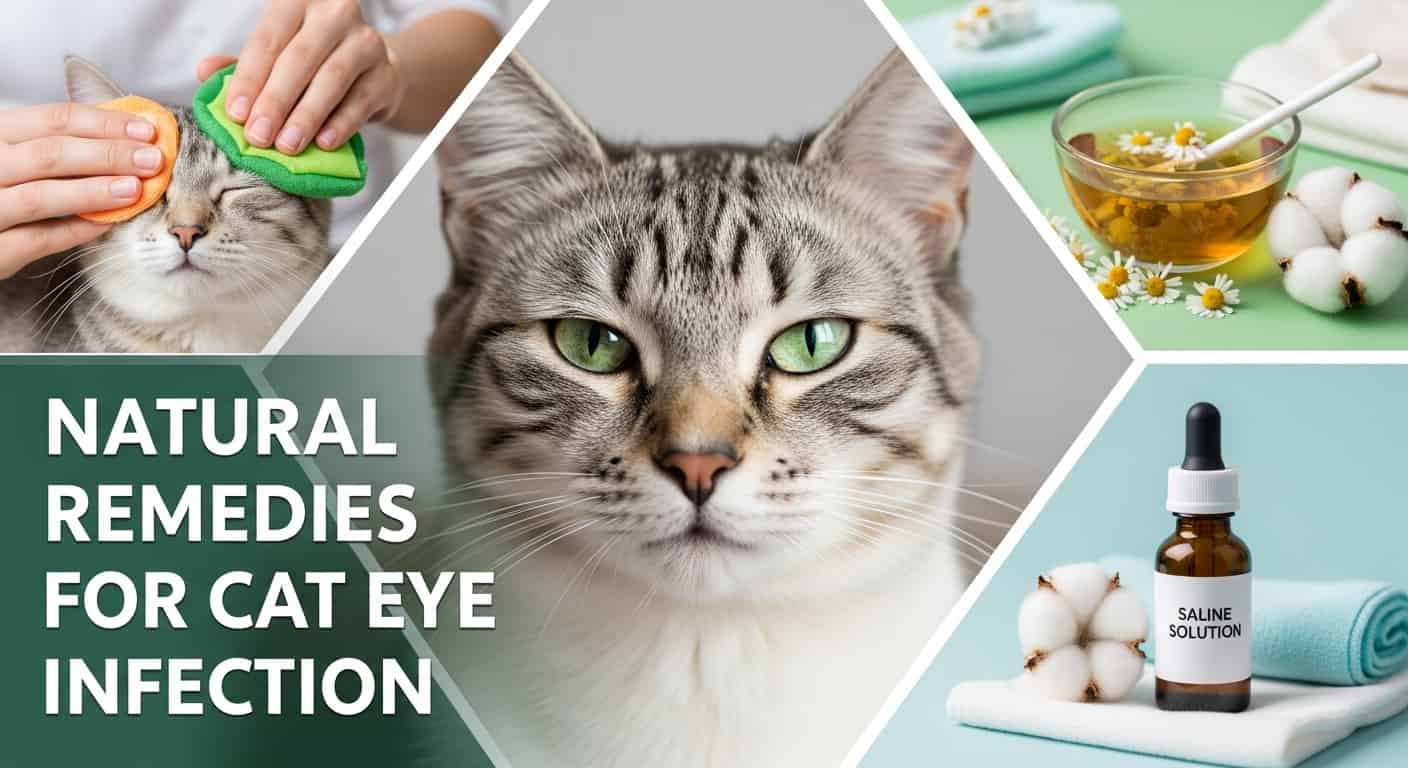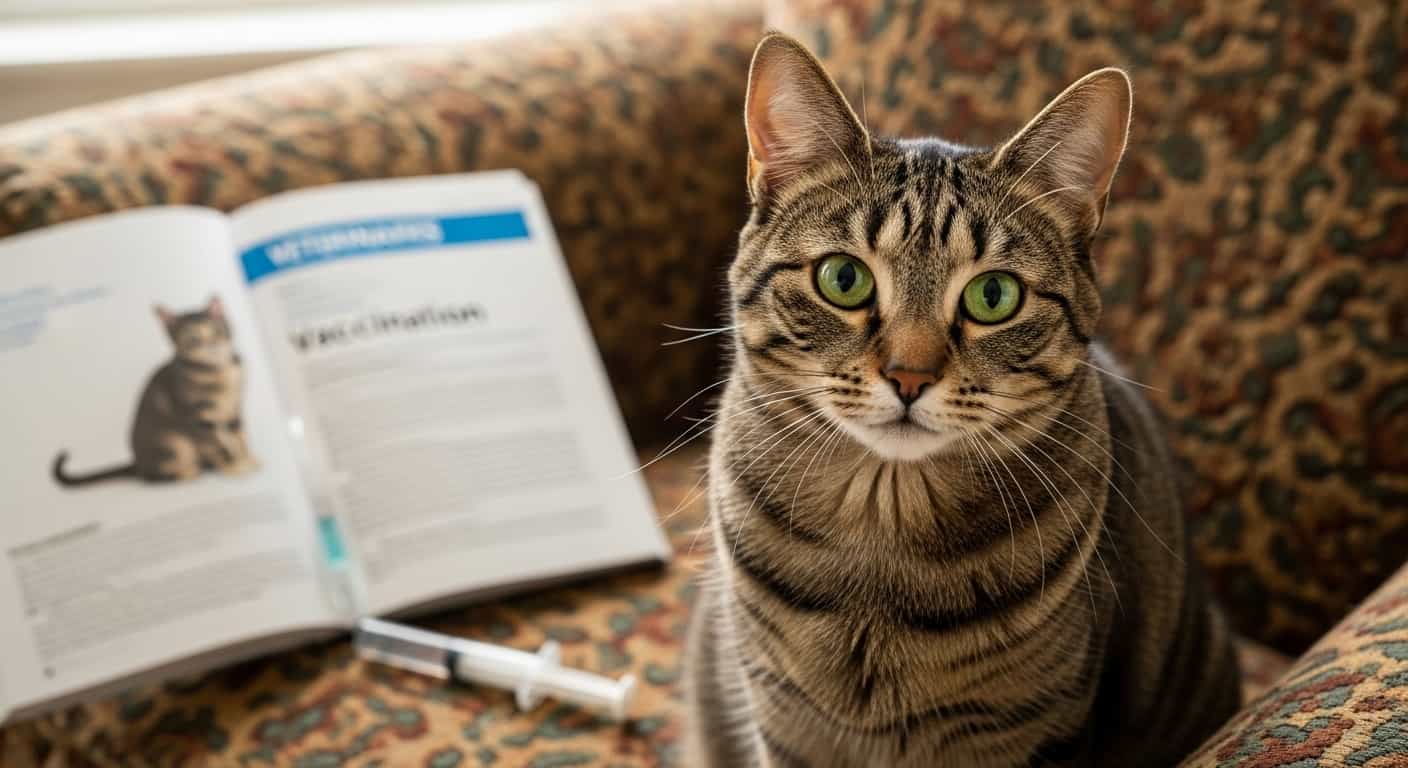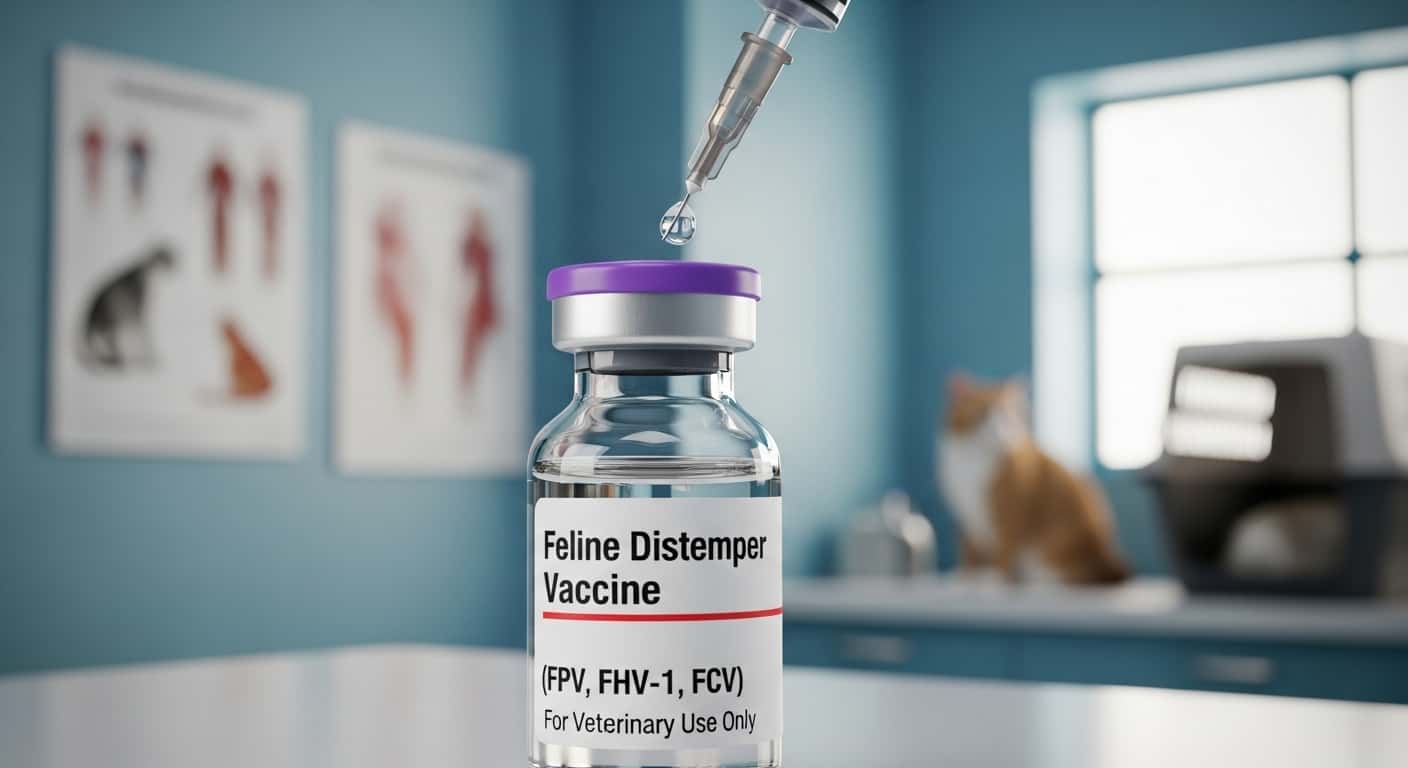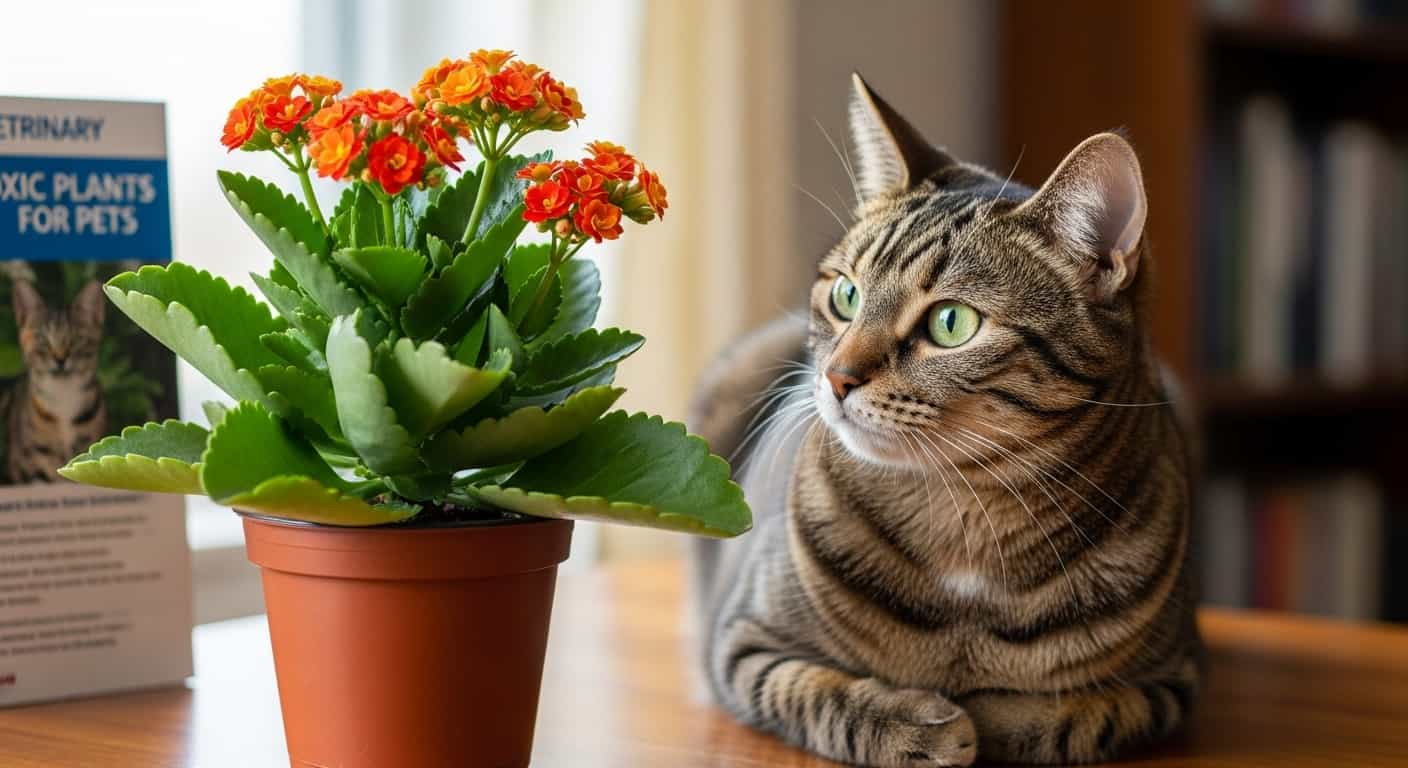If you’re a cat owner, you’ve probably faced the challenge of scratched furniture, scratched skin, or worried about your cat’s claws causing harm. Cat nail caps might seem like a simple fix, but are they really the right choice for you and your furry friend?
Table of Contents
ToggleBefore you make a decision, it’s important to weigh the pros and cons carefully. You’ll discover everything you need to know about cat nail caps, so you can protect your home and keep your cat comfortable at the same time.
Keep reading to find out if nail caps are the solution you’ve been searching for.

Credit: mypetpit.com
Benefits Of Cat Nail Caps
Cat nail caps offer several benefits for both cats and their owners. These small coverings fit over a cat’s claws and help manage scratching behavior safely. They provide a gentle way to protect your home and keep your cat comfortable. Nail caps can improve daily life for indoor cats and their families.
Protecting Furniture And Belongings
Nail caps help stop cats from scratching furniture. They reduce damage to sofas, curtains, and carpets. This saves money on repairs and replacements. Cats still enjoy scratching, but your belongings stay safe. Nail caps act as a soft barrier on sharp claws.
Reducing Injury Risks
Scratches from cats can sometimes hurt people. Nail caps lower the chance of cuts and infections. They keep claws blunt while cats play or cuddle. This makes interactions safer for children and adults. Nail caps also protect other pets from scratches.
Promoting Indoor Safety
Indoor cats can stay active without causing harm. Nail caps allow cats to scratch without damage inside the home. This encourages natural behavior in a safe way. They also prevent cats from getting their claws stuck in fabrics. Nail caps help maintain a peaceful indoor environment.
Potential Drawbacks Of Nail Caps
Nail caps can help protect your furniture and skin from sharp cat claws. They look cute and stop damage. Still, some issues can arise with their use. Knowing the potential drawbacks helps you decide if nail caps suit your cat and home.
Here's a related post that you might find useful. Bland Diet for Cats With Diarrhea: Effective Healing Foods
Comfort And Fit Concerns
Some cats may feel odd wearing nail caps. The caps might feel tight or loose. Poor fit causes discomfort or falling off. Cats rely on their claws for balance. Caps that change claw length may confuse them. Watch your cat for signs of pain or stress.
Possible Behavioral Changes
Wearing nail caps can change a cat’s behavior. Cats may lick or bite at their paws. This can lead to irritation or sores. Some cats stop scratching altogether. Others might scratch harder to remove caps. Behavioral changes need close observation to avoid harm.
Maintenance And Replacement Needs
Nail caps do not last forever. They fall off or wear down over weeks. Replacing them regularly is necessary. This process takes time and patience. Nails grow, so new caps must fit well. Ignoring maintenance can cause discomfort or damage to nails.
Application Process
Applying cat nail caps is a careful process that requires patience. These soft covers protect furniture and reduce scratching harm. The right application helps the caps stay longer and feel comfortable for your cat. Each step matters to avoid stress for your pet and ensure proper fit.
Choosing The Right Size
Selecting the correct size is key. Caps come in small, medium, and large sizes. Measure your cat’s nails carefully before buying. The cap should cover the nail tip without being too tight or loose. Ill-fitting caps can cause discomfort or fall off quickly. Check each paw since sizes may vary slightly.
Step-by-step Application Tips
Start by trimming your cat’s nails. Clean each nail with a dry cloth. Gently squeeze a small amount of adhesive inside the cap. Place the cap over the nail tip. Press gently until it fits snugly. Apply caps on all nails except the dewclaws. Let your cat relax after application. Avoid touching the caps for a few minutes to let glue dry.
When To Seek Professional Help
Some cats resist nail caps strongly. If your cat becomes very stressed, stop and try later. Seek help from a vet or groomer if you are unsure. Professionals can apply caps safely and quickly. Consult them if your cat has nail problems or infections. Avoid forcing the caps, as this can cause injury.

Credit: www.youtube.com
Here's a related post that you might find useful. Normal Blood Sugar Levels for Cats: Essential Guide to Healthy Pets
Alternatives To Nail Caps
Cat nail caps are popular but not the only way to protect your furniture. Many cat owners want gentle, safe alternatives. These options help keep your cat happy and your home scratch-free. Each method has its own benefits and suits different cats. Explore these common alternatives to find what fits your pet best.
Regular Nail Trimming
Trimming your cat’s nails regularly helps reduce damage. Short nails cause less harm to furniture and skin. It also keeps your cat comfortable. Nail trimming is simple and painless with the right tools. Many cats get used to it quickly. Trim every two to three weeks for best results.
Scratching Posts And Pads
Providing scratching posts or pads redirects your cat’s scratching. Cats enjoy stretching and sharpening their claws. Posts made of sisal or cardboard are popular. Place them near favorite scratching spots. Reward your cat for using these posts. This encourages good scratching habits and saves your furniture.
Soft Paws And Other Solutions
Soft paws are small, soft caps glued on cat nails. They cover sharp tips gently and last several weeks. These caps protect furniture without harming your cat. Other options include nail covers made of different materials. Some owners use nail covers combined with trimming. This method offers extra protection and comfort.
Health And Safety Considerations
Cat nail caps can protect your furniture and reduce scratching damage. They also cover sharp claws that might hurt people or other pets. Yet, health and safety must come first. Nail caps should not cause pain or harm to your cat. Watch your cat closely after applying nail caps to ensure comfort and safety.
Regular checks can catch problems early. Nail caps that fit poorly or stay on too long can cause infections or discomfort. Knowing how to spot issues is key to keeping your cat safe and happy.
Monitoring For Discomfort Or Infection
Check your cat’s paws daily after adding nail caps. Look for redness, swelling, or unusual smells. These signs might mean infection. Your cat may lick or bite paws more often if they feel pain. Watch for limping or trouble walking. Early detection prevents serious problems.
Signs Nail Caps Should Be Removed
Remove nail caps if your cat shows signs of pain or irritation. Loose or falling caps can cause claw damage. If your cat stops using the litter box, it may hurt their paws. Bleeding or swelling means immediate removal is needed. Always keep an eye on your cat’s behavior and paw health.
Consulting A Veterinarian
Ask a vet before applying nail caps, especially for kittens or older cats. A vet can guide proper size and fit. Visit a vet if you notice paw problems or infections. Professionals can suggest safer alternatives if nail caps don’t suit your cat. Vet advice helps keep your pet healthy.

Credit: www.reddit.com
Owner Experiences And Reviews
Many cat owners share their thoughts on nail caps. These reviews show both good and bad sides. Hearing real stories helps others decide if nail caps suit their cats. Owners talk about how their cats react and how easy or hard nail caps are to use.
Success Stories
Some owners say nail caps stop their cats from scratching furniture. They notice less damage to sofas and curtains. Cats often keep nail caps on without fuss. Many owners feel nail caps protect their homes well. They also say nail caps help with training cats not to scratch people. Positive results appear after a few days of use.
Common Complaints
Other owners find nail caps hard to keep on. Cats may try to pull them off or bite at them. Some cats seem uncomfortable or stressed at first. A few owners mention nail caps falling off quickly. Others worry about trimming nails before applying caps. Some feel nail caps may not last long on active cats.
Tips From Experienced Cat Owners
Patience is key when using nail caps. Trim your cat’s nails carefully before application. Use a calm voice and gentle touch to help your cat relax. Check the caps regularly to make sure they stay on. Replace caps as needed to keep your cat comfortable. Reward your cat with treats to create a positive experience.
Frequently Asked Questions
What Are Cat Nail Caps?
Cat nail caps are small, soft covers glued onto a cat’s claws. They prevent scratching damage. They are safe and non-toxic, providing a humane alternative to declawing. Nail caps protect furniture and skin without harming cats.
How Long Do Cat Nail Caps Last?
Cat nail caps typically last 4 to 6 weeks. They fall off naturally as the cat’s nails grow. Regular replacement is needed to maintain protection. Proper application ensures caps stay on comfortably and securely.
Are Cat Nail Caps Safe For Cats?
Yes, cat nail caps are safe when applied correctly. They do not hurt or restrict the cat’s movement. The glue used is non-toxic and vet-approved. Always monitor your cat after application to ensure comfort.
Do Cat Nail Caps Stop Scratching Behavior?
Nail caps prevent damage but don’t stop scratching instincts. Cats still scratch to stretch and mark territory. Caps protect surfaces but don’t replace scratching posts. Providing scratching options helps manage natural behavior alongside nail caps.
Conclusion
Cat nail caps offer both benefits and drawbacks for pet owners. They can protect furniture and reduce scratching injuries. Yet, some cats may dislike wearing them or try to remove the caps. Regular checks and careful application are important for your cat’s comfort.
Consider your cat’s behavior and needs before using nail caps. They can be a helpful option but not for every cat. Choose what works best for your furry friend and home.

